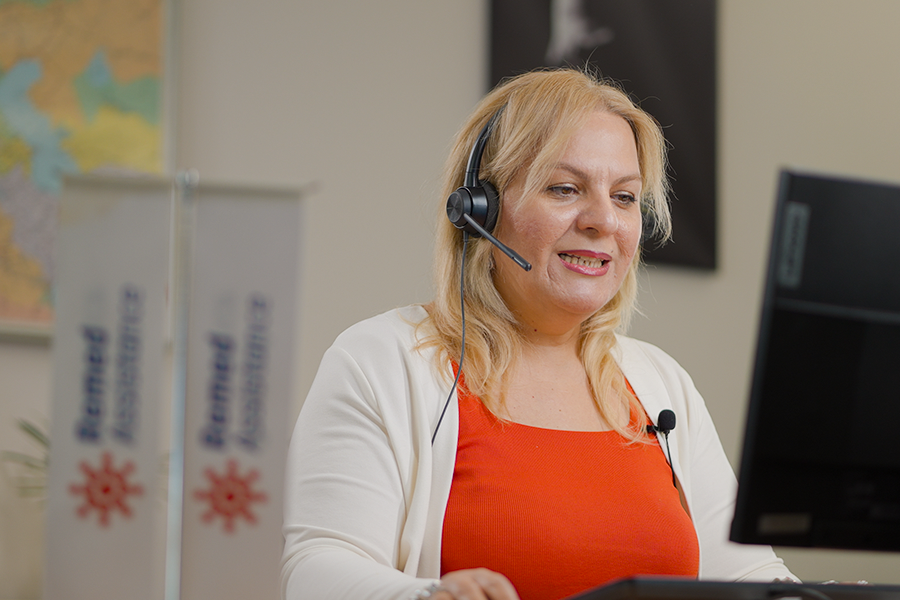Successful medical evacuation after a serious accident in Sri Lanka
While on holiday in Sri Lanka, our female policyholder was seriously injured when she was struck by a bus while walking on the sidewalk. The incident occurred on the second day of her trip. She was transported by ambulance to the nearest public hospital, Galle National Hospital, unconscious.
Critical Care and Intensive Treatment
Medical evaluations revealed multiple severe traumas, including a traumatic brain injury, intracranial hemorrhage, fractured ribs, and deep lacerations to the head. With a low Glasgow Coma Score, the patient was immediately intubated. To relieve intracranial pressure, a decompressive craniectomy was urgently performed. She was then admitted to the intensive care unit and placed on mechanical ventilation for several weeks.
Complex Coordination with Local Partners
A local medical partner was involved in the process. Our field representative closely monitored the treatment and provided on-site support to the patient’s family, who had arrived from abroad. Once the patient was transferred from the ICU to a general ward, she remained in critical condition, still dependent on a ventilator and requiring intensive medical care.
Fit to Fly Certification and Evacuation Planning
Once the hospital issued a Fit to Fly certificate, the medical evacuation process was initiated. This stage required not only medical planning, but also coordination across multiple logistical points—including customs clearance, airport ground services, and international air transport. Working in close collaboration with our partner provider, detailed preparations were made. Upon arrival in Sri Lanka, the medical escort team assessed the patient’s condition and ensured the availability of required equipment such as a ventilator, intubation devices, and oxygen support. The patient was then transferred to the airport by private ambulance and safely boarded the aircraft using an ambulift.
Multi-Stage Transport to Final Destination
The patient was flown from Colombo to Moscow as planned. There, a second medical team received her and accompanied her on a domestic flight to her city of residence. She was then transported by ambulance to the final medical facility. The evacuation was completed successfully with seamless coordination across all stages.
Feedback from the Patient’s Family
In a letter of thanks, the patient’s family shared the following reflections:
- They initially experienced anxiety due to slow information flow and uncertainty.
- After the Fit to Fly report was issued, the evacuation process moved swiftly and was highly organized.
- The coordination and support provided by the assistance team were invaluable to the family.
Operational Challenges and Observations
In Sri Lanka’s public hospitals, the number of English-speaking medical staff is limited and access to modern medical equipment is often constrained. Medical documentation is typically issued only in the local language and usually provided upon discharge. Furthermore, many healthcare institutions do not work directly with international insurers, creating additional complexity.
“Managing this case in a public hospital, working through local suppliers, and maintaining the patient’s stabilization over a prolonged period made this operation truly challenging.” — Sona Karamanci, Operations Department
Remed Assistance continues to deliver life-saving solutions by prioritizing patient safety and collaborating with professional partners—even in the most demanding circumstances.

